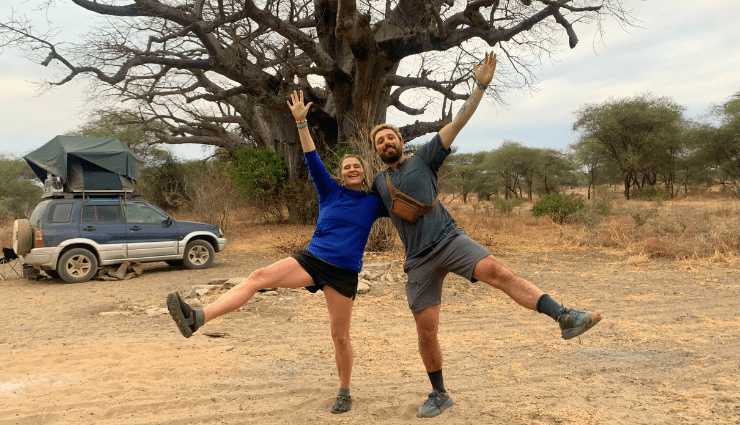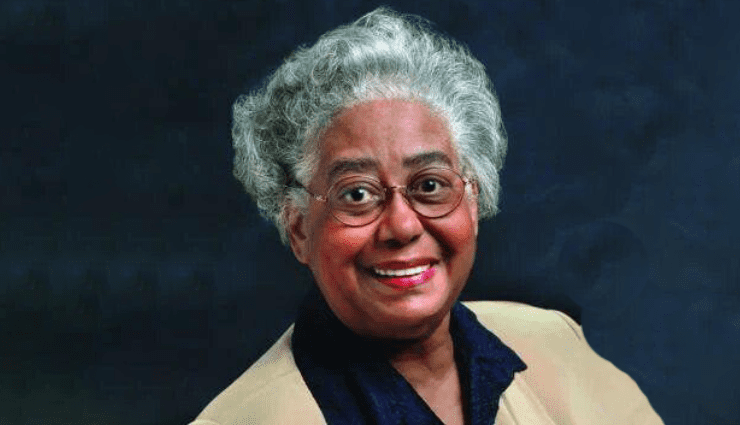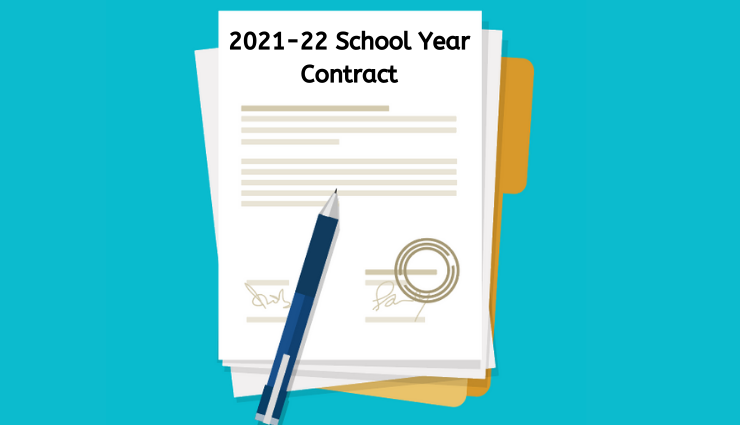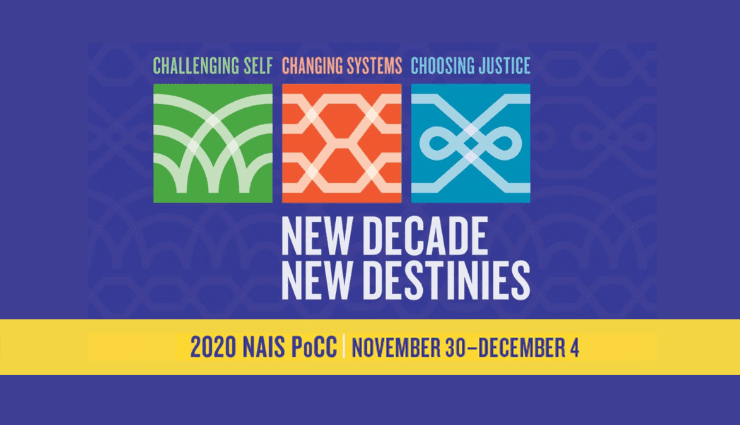A Wonderful Life?
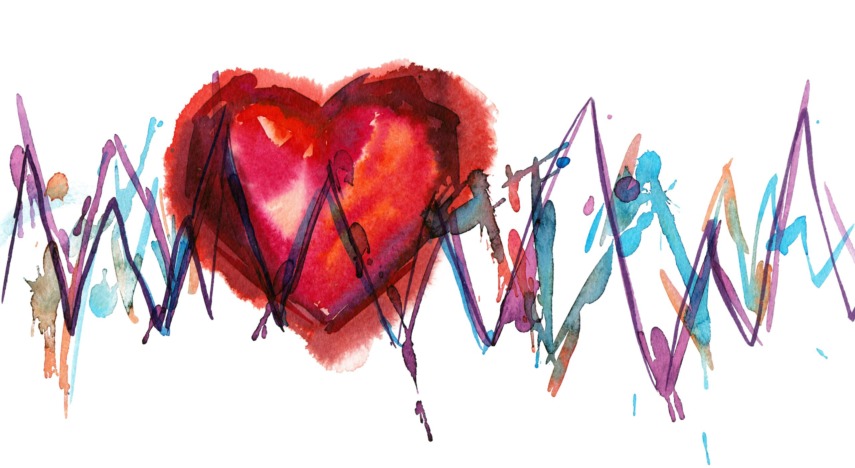
Megan Olszewski, a high school junior in my town in New Hampshire, has been battling high levels of anxiety in school. In this regard, the research tells us, she is like a third to one half of her peers. Anxiety is running at a high level these days, particularly among the young. For some students, it’s a ramping up of the general anxiety most of us feel at some point. Call it functional anxiety. But for others, the anxiety spills over into the clinical category — that is, anxiety that triggers an intense fight-or-flight response and that resists attempts at reason.
I know this isn’t exactly front-page news these days. But I mention it now for two reasons. First, because a surprising number of schools and state departments of education have made little effort, or none at all, to publicly acknowledge or address the growing anxiety in school. Second, because Megan Olszewski, recognizing that the adults in her school weren’t addressing the anxiety that she and many of her classmates feel, decided to take matters into her own hand.
In order to promote a greater understanding about student anxiety, Olszewski arranged for a mid-December screening of the film “Angst: Raising Awareness Around Anxiety” at her school — using $700 of her own money earned in her part-time job to pay for the event. She also organized a follow-up panel discussion featuring a licensed clinician, a parent whose child suffers from anxiety, a therapist, and two current students (including Megan herself) to discuss strategies for dealing with anxiety at home and in school.
How many teenagers would spend their hard-earned money and time to fund a community event? And why would they? As Megan told the local newspaper prior to the screening, “I did have anxiety when I was younger. The anxiety from school only ramped up as I got older because there’s more pressure in high school. With all the school work and pressure put on students, there is more anxiety and stress in high school kids and they are afraid to come out and talk about it.”
Megan describes herself as a reserved person, not the kind who wants to be in the spotlight. So it’s doubly impressive that she would put herself out there for her schoolmates, and for children and teens more generally. When she introduced the film to the audience and then participated on the panel — answering audience questions directly and thoughtfully — it was easy to see that she is not comfortable in the spotlight. But her wish to open up a community conversation as a way to start a grassroots movement to address anxiety compelled her to cut through her own fears for a greater cause.
Megan both deeply impressed and moved me. I was also impressed by her friend who joined her on the panel and openly talked about his anxiety and offered advice to other students as well as to adults helping students cope. But I also had that too-familiar feeling that the adults in the school and the community should be the ones taking the lead here, and yet they aren’t. At this school and many others, not only are we not addressing student anxiety in a formal way, we are at least partly responsible for its presence. Worse, we are sending kids the cultural message that they are on their own. The most uncomfortable moment in the panel conversation came when a woman in the audience asked what the state department of education, the school district, and the school itself were doing to collectively address this problem. After the adults on the panel looked at each other in hesitation, one took the mic and said, “Frankly, not much.” He then praised grassroots efforts such as this one, adding that “schools need to understand anxiety much better and not look to students to solve it alone.”
I have worked in the field of education long enough to know that most school leaders and teachers do care about the social-emotional lives of students. But I also know that the system works against schools giving the social-emotional lives of students the kind of attention it requires. I know that, at the national and state levels, there’s a tendency to think systemically only in terms of academic achievement and measuring “success” in test scores — and doing so in formats that likely hurt more children then they help.
As the former editor of a magazine on education, I also know that this conversation has been taking place for a long time, but it seems stuck on the fringes of the education community with only a minor impact on core practices. In the magazine, we’ve run issues dedicated to social-emotional health. We’ve run numerous articles related to mindfulness in school. We’ve examined homework policies. We’ve dedicated an entire issue to “Happiness and High Achievement” — focusing on what schools can do to help all children achieve at high levels without causing so much emotional suffering. We’ve examined the correlation between race and stress. In all these issues and more, writers have acknowledged the educational community’s strengths and shortcomings while offering valid solutions for overall improvement. In elementary schools, for instance, we know that more play and time outdoors is essential. We know that backing off on intense homework helps. We know that addressing social-emotional health in the curriculum enables students to better understand what they are feeling and how they can take care of themselves. We also know that schools that address bullying, sexism, racism, and other forms of social exclusion and pain matter greatly.
The fact that students are feeling more anxious today than they did two decades ago, however, makes it clear that, collectively, we keep coming up short here.
As we take our holiday break and turn to another calendar year, I hope educators can think more deeply about how we can prioritize this work in 2019. The goal is to elevate the conversation on the social-emotional lives of students to a level that will prompt us to take steps to address student anxiety and related issues systemically.
In a recent Education Week blog, writer Peter DeWitt highlights 12 areas he thinks school leaders should focus on in 2019. The second item on his excellent list is student mental health. As he notes, one in four people are diagnosed with mental illness over the course of a year in the U.S. Even worse, each year, 157,000 children and young adults, ages 10-24, are treated at emergency departments for self-inflicted injuries — and one in 12 high school students have attempted suicide. These statistics don’t include the general anxiety that so many students like Megan experience and struggle to cope with daily, but we know these numbers run high.
The Programme for International Student Assessment (PISA) is one of the few assessments that takes the social-emotional lives of students seriously. On its well-being index, it notes that, in the U.S., student sense of belonging is lower than the global average. Specifically, it notes that:
- 61% of students in the U.S. report that they are very worried about getting poor grades;
- 68% report feeling very anxious before a test;
- 43% report feeling very tense when they study; and
- one in five say they have been victims of bullying.
A report by the National College Health Assessment notes that, in 2016, nearly two-thirds of college students reported “overwhelming anxiety,” up from 50 percent just five years earlier. For seven straight years it has been the top complaint among college students seeking mental-health services.
There are numerous reasons for the rise in anxiety. Some of it has to do with society in general, and some of it has to do with practices in school. Schools obviously can’t solve all of society’s issues, but they can acknowledge them better — and find productive ways to discuss them with students. More important, schools can address school practices that drive up anxiety. They can help students learn to cope better while also considering practices that will support deep learning and drive down the angst.
In truth, just about everything we do in school is open for examination here. My hope is that schools will find a place to start —truly, any place will do — then continue the sort of regular, ongoing self-examination that will lead to healthier, adaptive learning communities.
Here are a few suggestions:
- Learn from Megan. Find a day in the semester to show “Angst,” or another film such as “Race to Nowhere,” to the entire school community, then hold a general panel discussion followed by breakout groups focused on the sources of anxiety how to address them in school and at home.
- Create a guest speaker series that brings in experts periodically to talk with students, parents, teachers, and administrators about their social-emotional lives – about healthy parenting and schooling.
- Hold an orientation for all incoming high school freshman or students in middle school that acknowledges and explores student anxiety so no student feels alone. Encourage students to reach out to adults and parents when feeling anxious. If you have a homeroom period, use it to address students’ emotional lives.
- Because social media and cellphone use are known to raise cortisol levels, develop a program for wise technology use. This could include designated cellphone-free spaces or cellphone-free days. It can also include guidelines for wise technology use.
- Use the curriculum to examine anxiety and related issues. This could be done in any class, but it seems a particularly good fit for science and English classes. The former is a great place to study the physical aspects of anxiety and talk about methods for coping. The latter is a good place to read literature that examines youth anxiety and to encourage writing that explores students’ emotional lives. Somewhere in the curriculum, schools can also address the power of advertising to undermine happiness.
- Add interdisciplinary projects that address societal issues that ramp up anxiety. Students could easily draw up the curriculum here. Too often, students feel helpless. The more we can empower them to address societal matters, the better they’ll feel.
- Consider other social factors that affect student anxiety — especially factors that isolate students or make them feel excluded. Race, gender, socioeconomic status, and physical ability can play a role. How are you formally addressing equity and justice issues in school? If you have statements about inclusion, are you living up to them? How do you know?
- In “Angst,” one of the speakers notes a third grader who was anxious about college. That should never be the case. Ensure that your curriculum is age-appropriate. Develop a clear plan for when and how you’ll address college in school. Help educate parents about the dangers of teaching children to constantly worry about the future.
- Make sure part of your annual teacher professional development program is dedicated to the social-emotional lives of students. At every grade level, teachers should not only know the anxiety triggers but also how to address them.
- Survey your students about their anxiety. It will reveal more than you think. As the authors of “Creating Safe, Equitable, Engaging Schools” (Harvard Ed Press, 2018) note, “[The students’] perceptions of school climate and their knowledge of what their peers are doing can help us monitor and improve conditions for learning and school safety.”
- Add an extracurricular focus on lifelong physical activities — not just competitive sports. Also focus on nutrition. (I’d make schools Red Bull-free zones. Making them sugar-free zones would be great, too.)
- Consider moving away from traditional grading and toward mastery learning. The high-stakes aspects of traditional grading trumps all other sources of general anxiety. It also undermines the brain science that tells us that exploration, failure, and iteration — that is, developing a growth mindset and aiming toward mastery — is the best formula for deep learning. If you think the shift from traditional grades can’t be done, see the work of the Mastery Transcript Consortium.
All the emerging brain-science research tells us that learning is primarily emotional. It’s certainly possible to get a percentage of students to suppress their emotions, work hard for grades, and get into college. But we shouldn’t be proud of such a program. If we are not addressing the social-emotional health of students with the same energy we use to address their intellectual development, we are not addressing the whole child. We are offering an incomplete education.
I know it’s much easier to write these suggestions than to implement any of them. But I also know of many schools that are making great progress in addressing anxiety and establishing ongoing program that address social-emotional health. But clearly — given the rising levels of anxiety among the young — we can all do better.
If you have practices and programs that are working, I’d also love to hear from you. My greatest joy as an education writer is to highlight programs that advance our practices so we serve children to the best of our ability.
Michael Brosnan is an independent writer and editor with a particular interest in education and social change. His latest book of poetry, “The Sovereignty of the Accidental,” was published by Harbor Mountain Press. He can be reached at michaelbrosnan54@gmail.com.
